buddha midterm
1/31
There's no tags or description
Looks like no tags are added yet.
Name | Mastery | Learn | Test | Matching | Spaced |
|---|
No study sessions yet.
32 Terms

chaitya
A Buddhist shrine or prayer hall that houses a stupa, often used for meditation and worship.
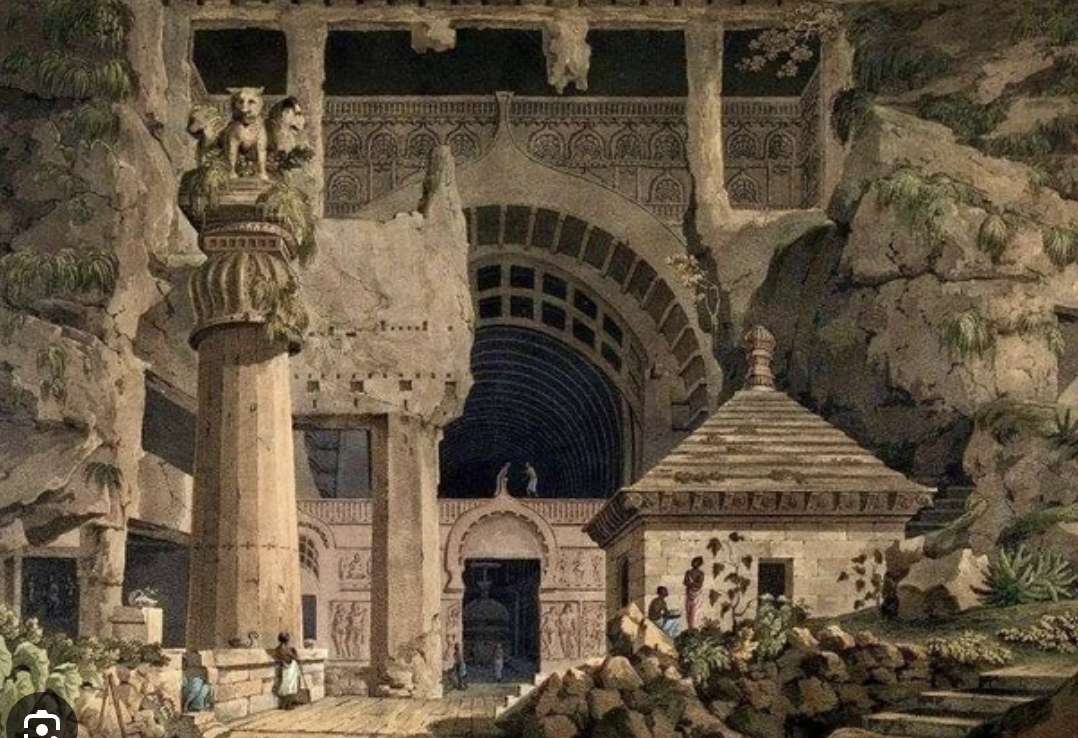
Karla/Karli Caves
1-5 BCE, A group of Buddhist rock-cut caves in India, famous for their intricate sculptures and ancient chaityas.
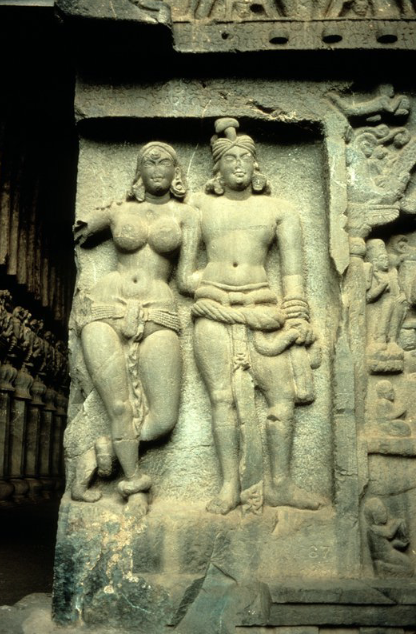
Mithuna
1-5 BCE, A term used in Buddhist art to describe couples or pairs that symbolize duality, harmony, and the interconnectedness of life.
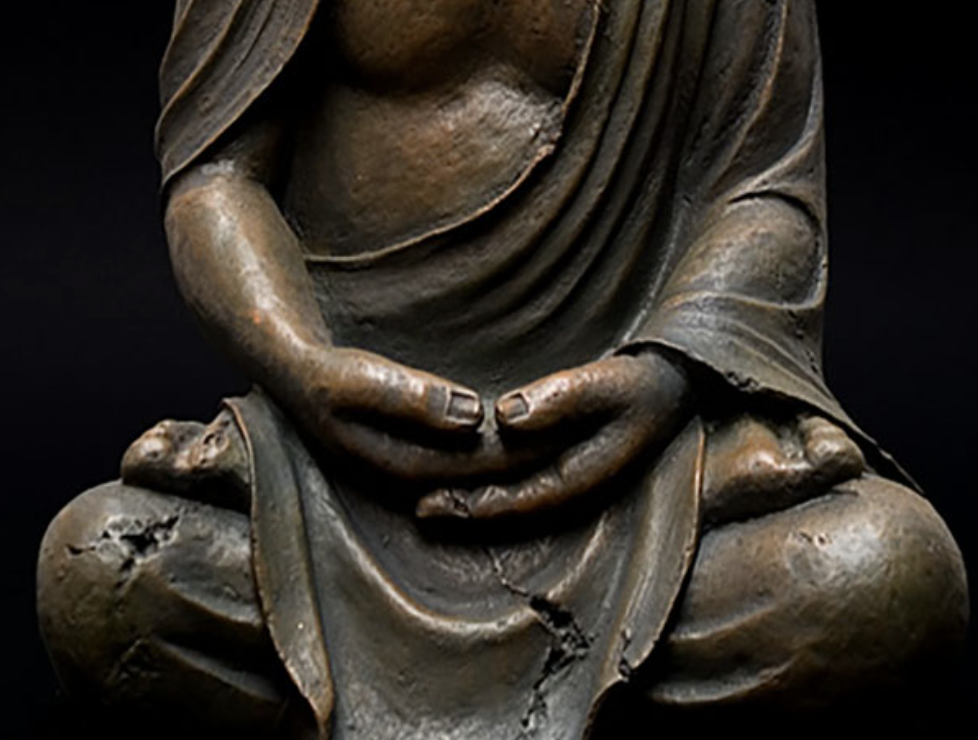
Dhyana Mudra
Meditation, A hand gesture in Buddhism symbolizing meditation, where the right hand rests on the left in the lap with palms facing up.

Vitarka Mudra
A hand gesture in Buddhism representing the teaching of the Dharma, typically shown with one hand raised in a gesture of assurance and the other at rest.
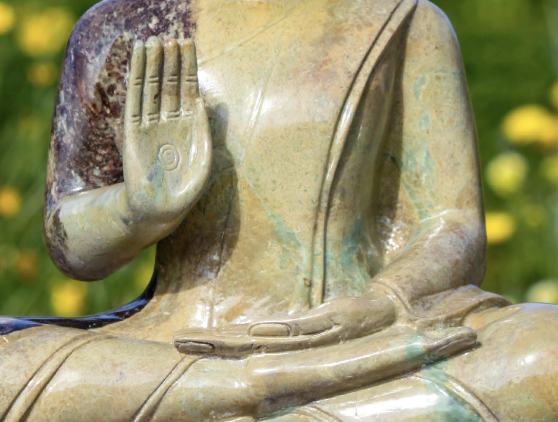
Abhaya Mudra
a hand gesture that signifies fearlessness, protection, and peace in Hinduism and Buddhism, formed by raising a hand with the palm facing outward and fingers pointing upward
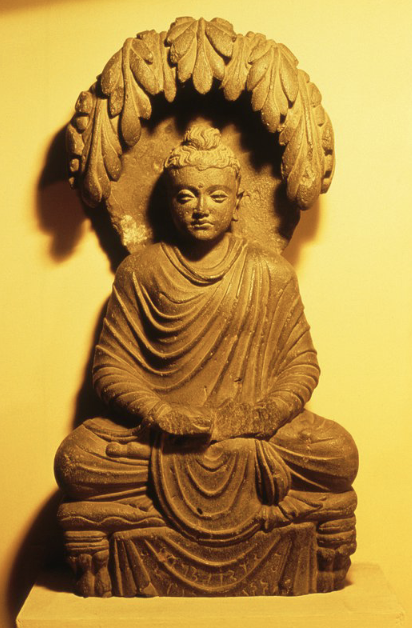
Buddha in Meditation
Century: 1-3 CE
Location: Indian Museum
Material: schist
Period: Gandhara
Pose: Dhyana Mudra
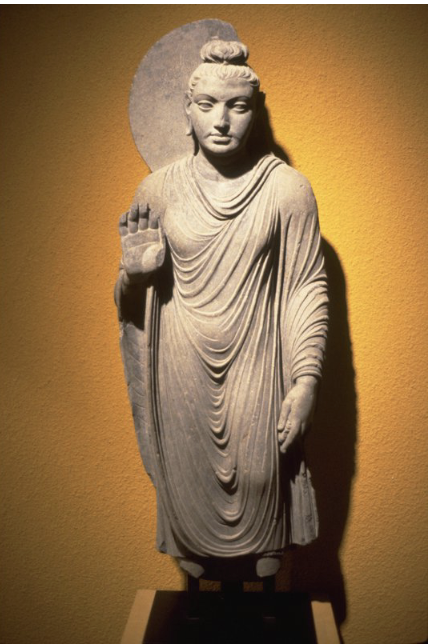
Standing Buddha
Century: 2-3 CE
Location: Cleveland Museum of Art, Ohio
Material: gray schist
Period: Gandhara
Pose: Vitarka Mudra

Standing Bodhisattva Maitreya
Century: 1-3 CE
Location: Musée Guimet (Paris, France)
Material: schist
Period: Gandhara
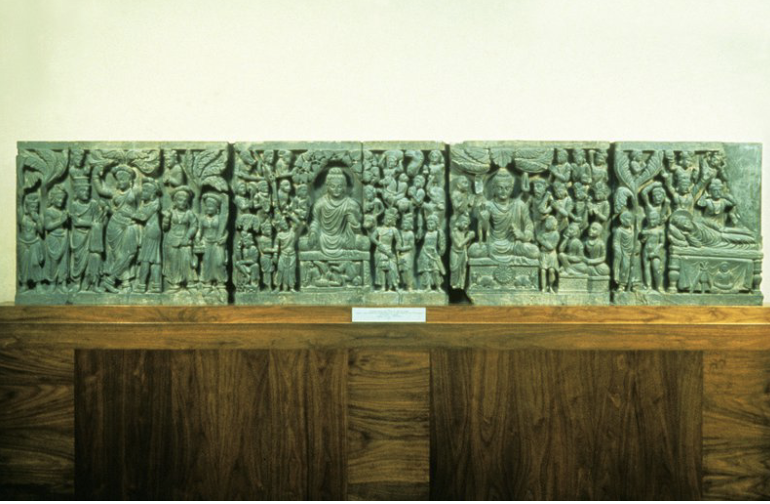
Life of the Buddha
Century: 3 CE
Location: Freer Gallery of Art (Washington D. C., District of Columbia, USA)
Period: Gandhara
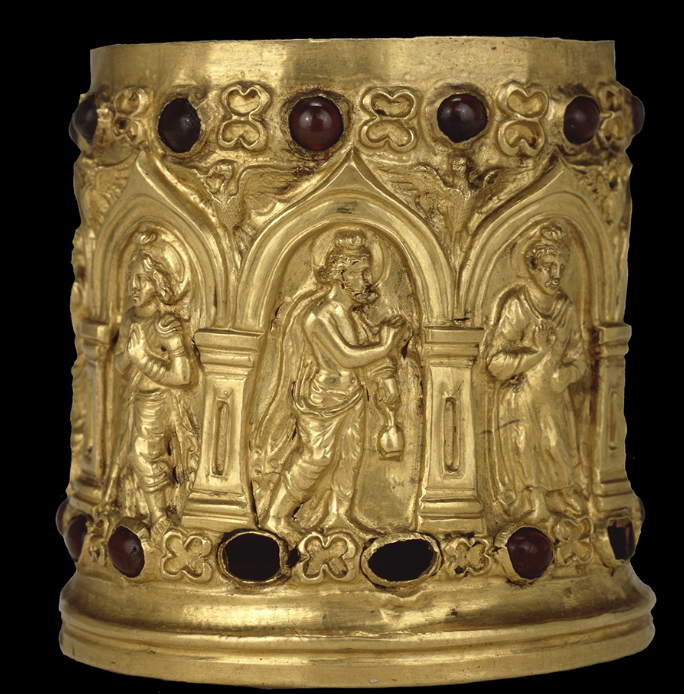
Reliquary from Bimaran
Century: 3 CE
Location: Museum of Fine Arts (Boston, Massachusetts, USA)
Material: Gold and ruby
Period: Gandhara
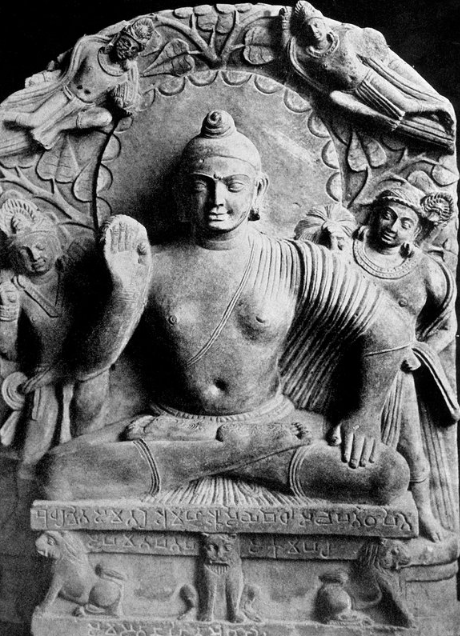
Buddha Seated
Century: 2 CE
Location: Archaeological Museum (Mathura, Uttar Pradesh, India)
Material: stone
Period: Mathura and Kushan
Pose: Abhaya mudra, peace and protection
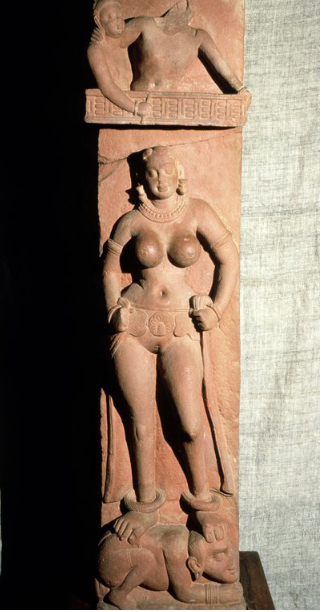
Bhutesvara Temple Railpost, Lady Fastening her Garment
Period: 1-2 CE
Location: Archaeological Museum (Mathura, Uttar Pradesh, India), Material: stone
Period: Mathura and Kushan
Vocab: Yakṣas
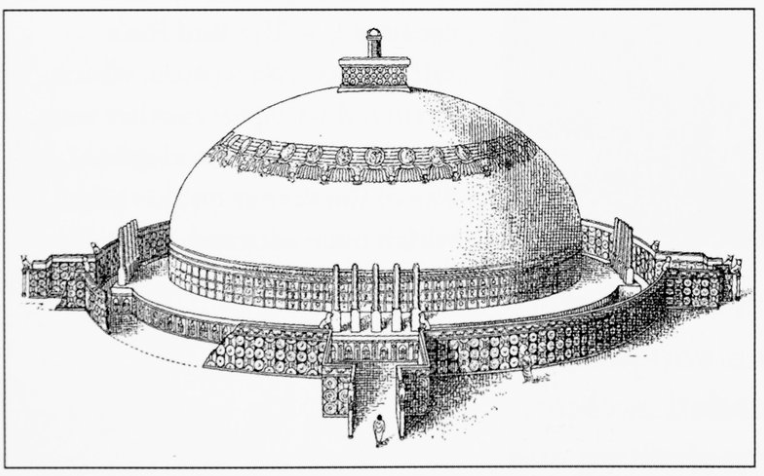
Reconstruction of Amaravati Stupa
Century: 2 CE
Location: Amaravati
Period: Andhra
1, c. 200-100 BCE; original earth mound, a simple railing (vedikā),
granite pillars, slabs of relief sculptures ('drum slabs’)
2, c. 50 BCE-250 CE; enlargement of the mound, addition of drum
slabs and decoration of the vedikā
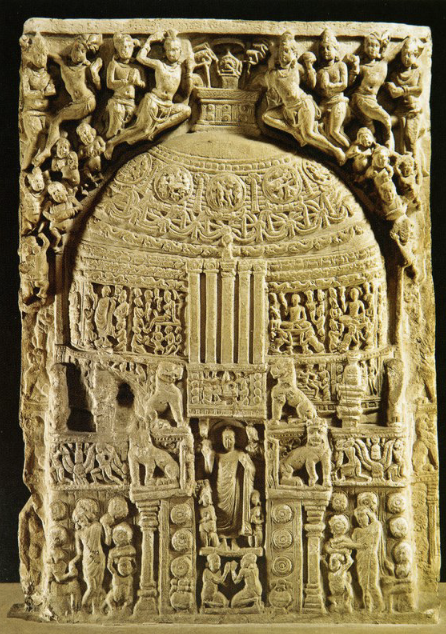
Buddha Shakyamuni and scenes from his life
Century: Backside 1CE, Front side 3 CE
Location: Amaravati (Andhra Pradesh, India),
Material: Stone Slab from Amaravati Stupa drum
Period: Andhra
Depicts Gautama Buddha in Amaravati Stupa

Standing Buddha from Mathura
Century: 4-6 CE
Location: Mathura (Uttar Pradesh, India)
Period: Mathura and Gupta

Sarnath Buddha preaching his first sermon
Century: 5 CE
Location: Sarnath Museum
Period: Sarnath and Gupta
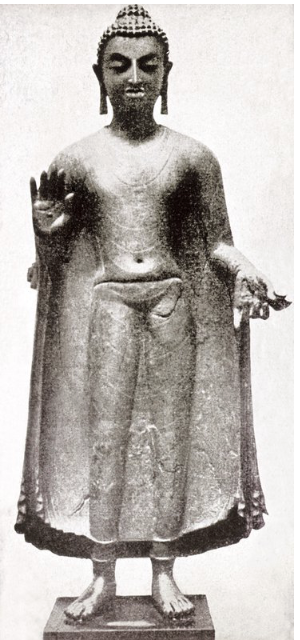
Standing Buddha Sakyamuni
Century: 5-6 CE
Location: Sultanganj (Bihar, India)
Material: Copper
Period: Late Sarnath and late Mathura and Gupta
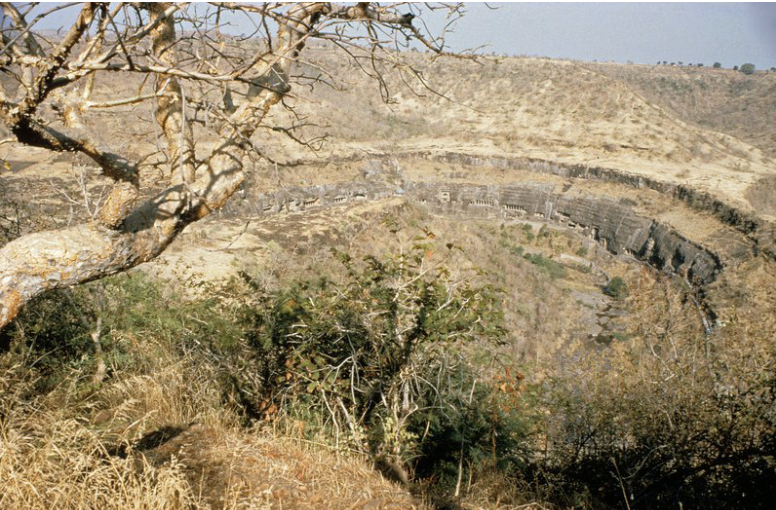
Ajanta Caves
Century: 1 BCE- 5CE
Location: Ajanta (Maharashtra, India)
Period: Andhra and Gupta
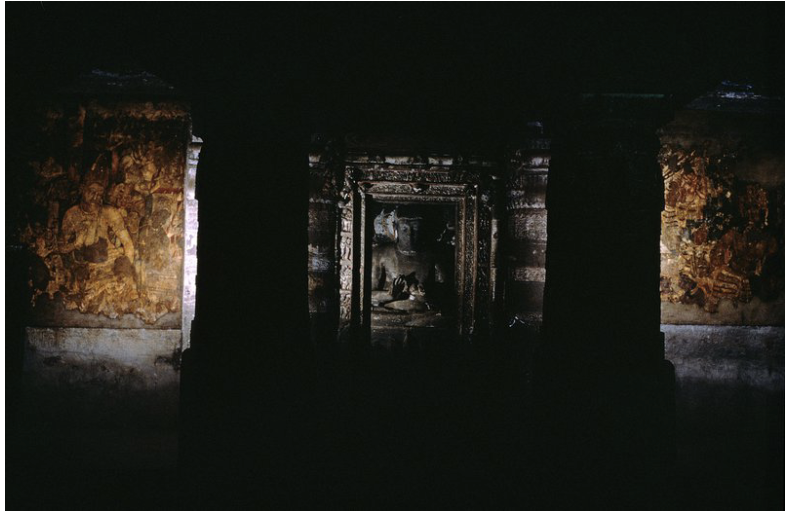
Ajanta Cave 1; interior, Hall Shrine flanked by wall paintings of
Bodhisattvas Vajrapani and Padmapani
Century: 5 CE
Location: Ajanta
Period: Gupta
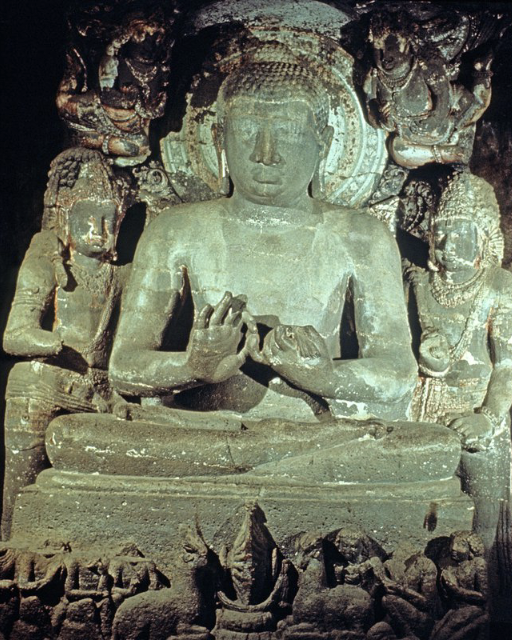
Ajanta Cave 1; interior, Hall Shrine
Century: 5 CE
Location: Ajanta
Period: Gupta
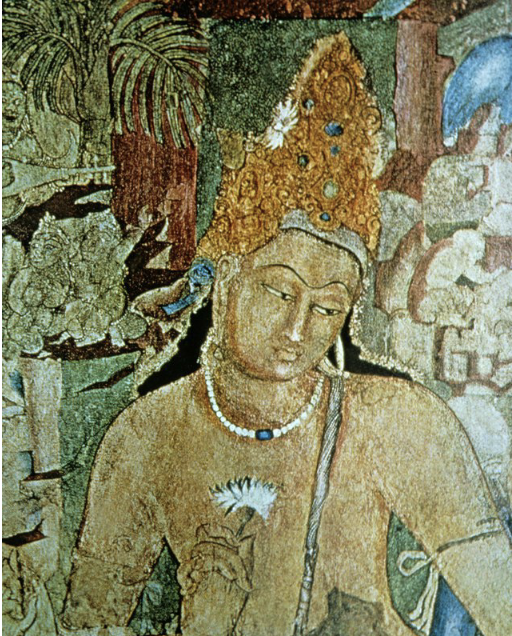
Ajanta Cave 1; interior, Left shrine, interior wall, Bodhisattva
Padmapani
Century: 7 CE
Location: Ajanta
Material: Fresco
Period: Gupta
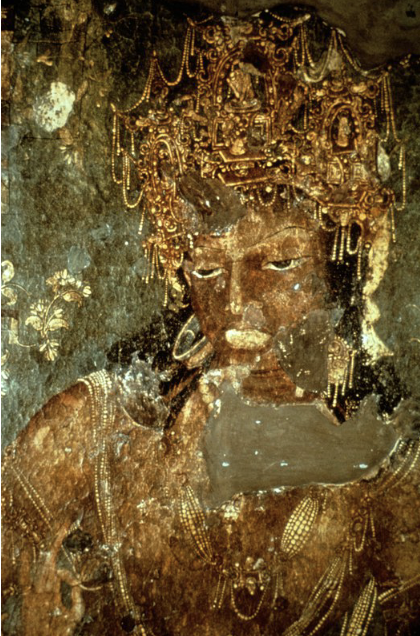
Ajanta Cave 1; interior, Main Hall, rear wall murals, Bodhisattva
Vajrapani detail, head of Vajrapani
Century: 7 CE
Location: Ajanta
Material: Fresco
Period: Gupta
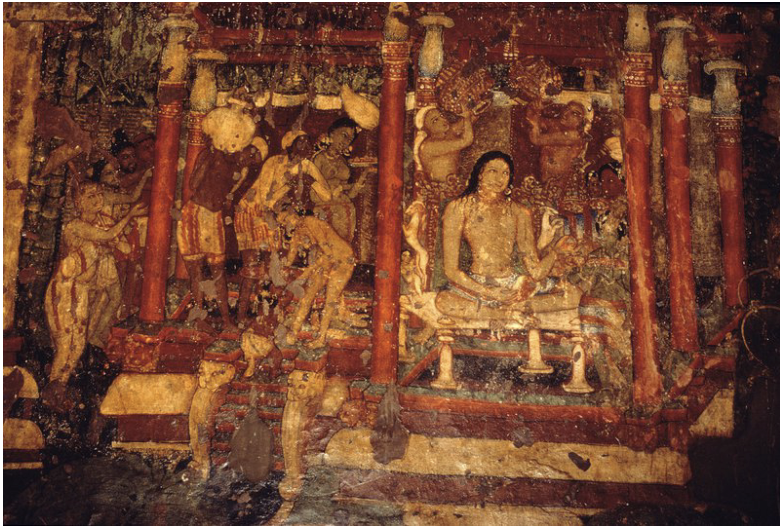
Ajanta Cave 1; interior, Main Hall, rear wall murals, Lustration
scene
Century: 7 CE
Location: Ajanta
Material: fresco
Period: Gupta
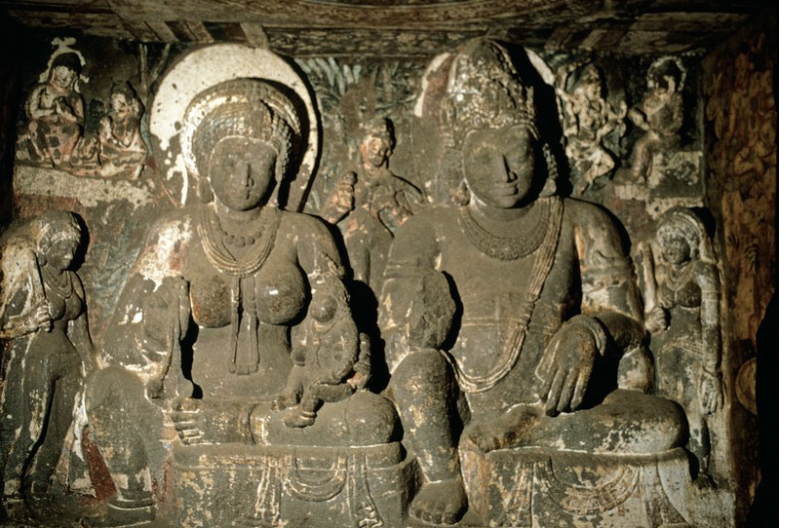
Ajanta Cave 2, Hall Shrine, Hariti Shrinelet, rear right, sculpture
and painted floral motifs above, detail Hariti
Century: 6 CE
Location: Ajanta
Material: stone carving and fresco
Period: Gupta
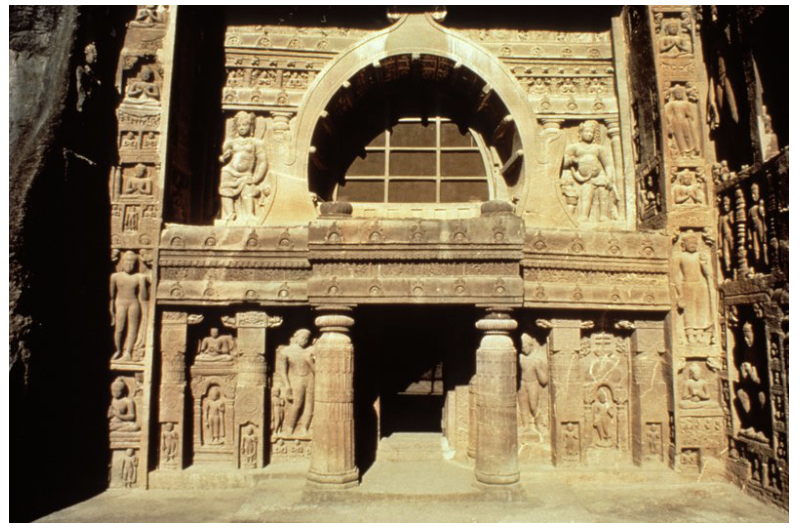
Ajanta Cave 19; exterior, Chaitya Hall, facade
Century: 6 CE
Location: Ajanta
Period: Gupta
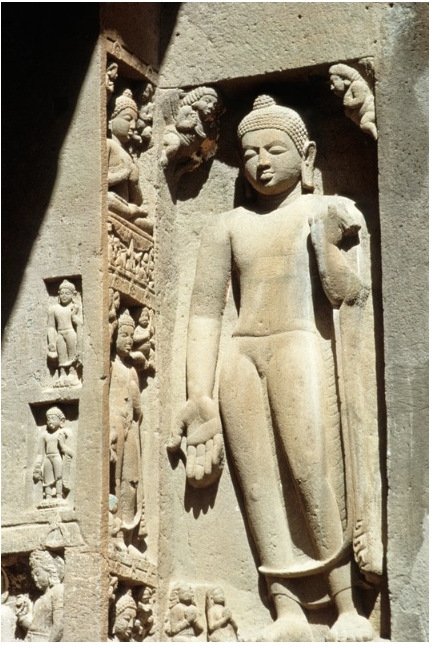
Ajanta Cave 19; exterior, Chaitya Hall, facade, right end wall,
detail Standing Buddha
Century: 6 CE
Location: Ajanta
Period: Gupta
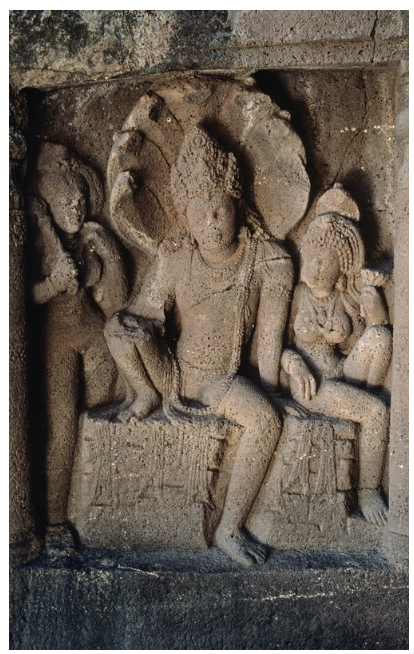
Ajanta Cave 19; interior, Facade end wall panel, Naga and Naginis
Century: 6 CE
Location: Ajanta
Period: Gupta
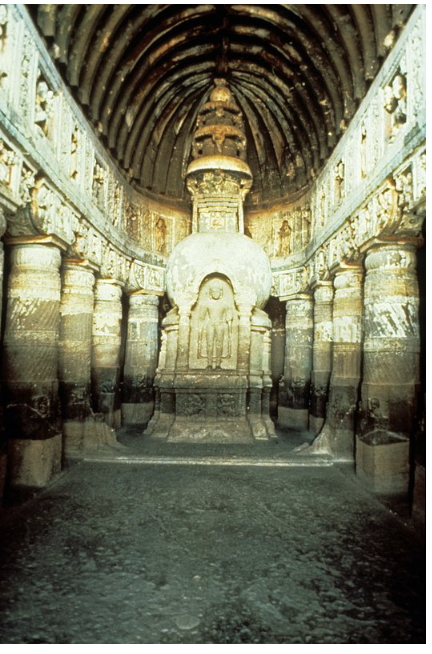
Ajanta Cave 19; interior, Main Hall, view toward stupa
Century: 6 CE
Location: Ajanta
Period: Gupta
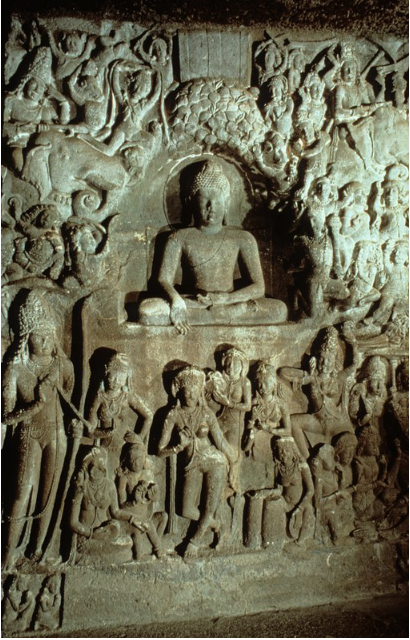
Ajanta Cave 26; interior, Ambulatory detail, left side Buddhas
Century: 5 CE
Location: Ajanta
Period: Gupta
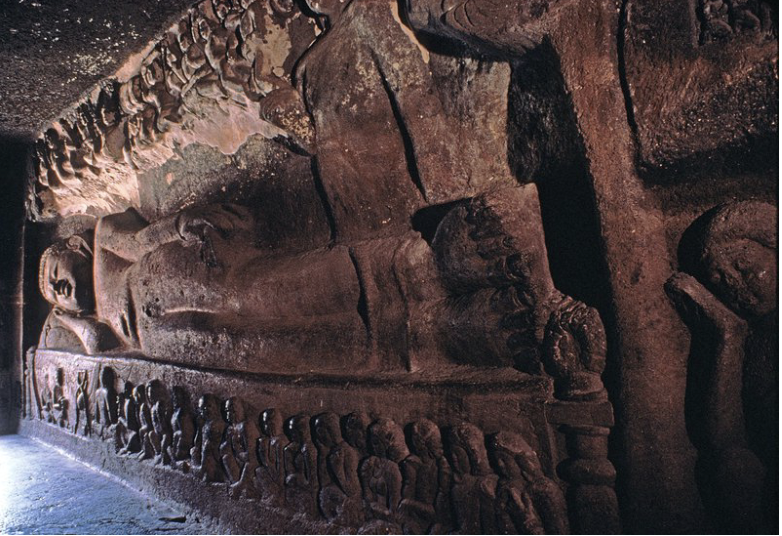
Ajanta Cave 26; interior, The Parinirvana of the Buddha
Century: 5 CE
Location: Ajanta
Period: Gupta

Buddha, Bamiyan (175' Buddha); close-up view, Buddha within
rock-cut niche
Century: 6 CE
Location: Bamiyan (Afghanistan)
Material: sandstone, mud, straw, stucco, carving
Period: Gandhara and Kushan